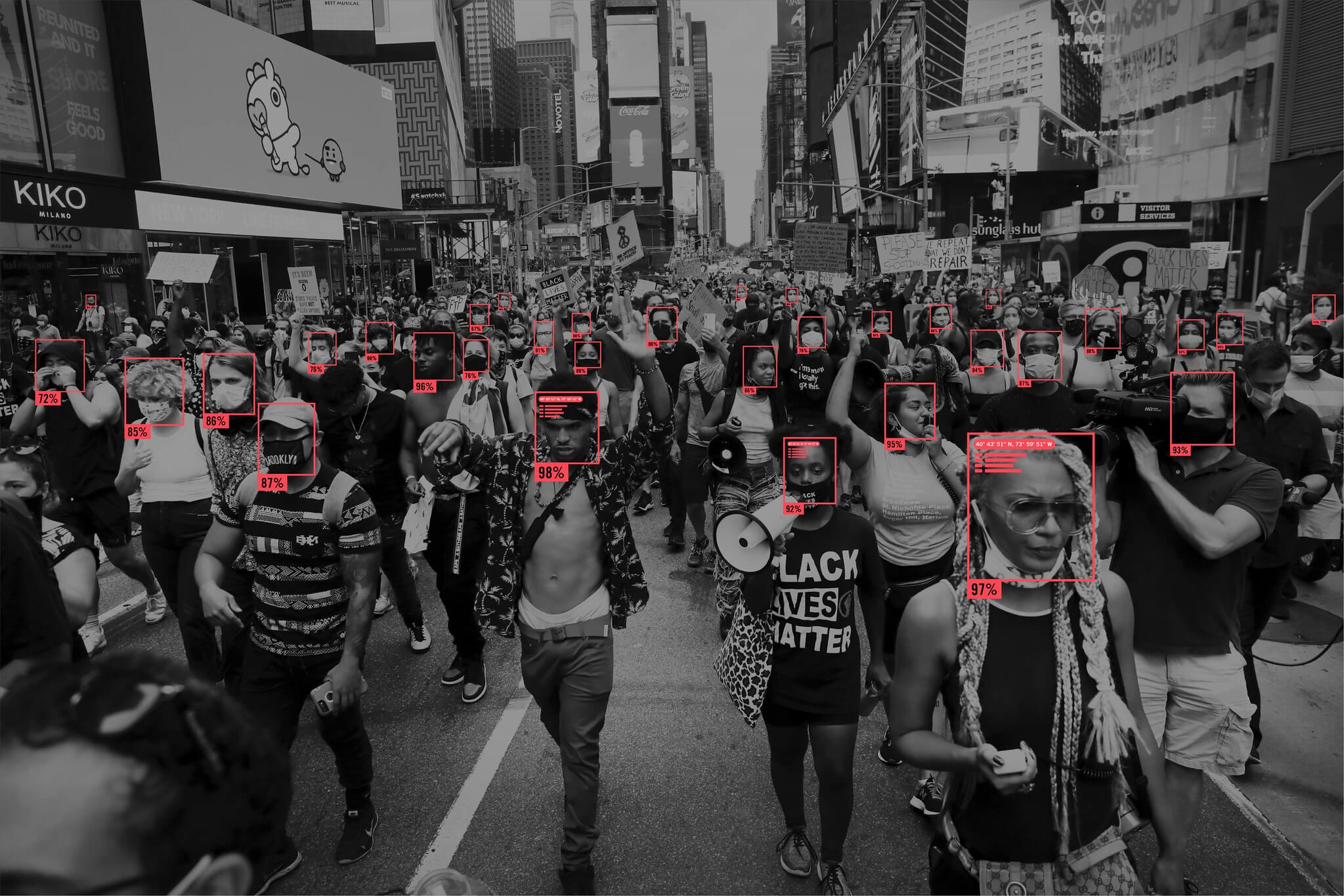Defense Department Releases Civilian Harm Mitigation and Response Action Plan
The 36-page proposal outlines 11 objectives for mitigating civilian casualties and harm to civilian infrastructure and services as a consequence of U.S. military operations.
Published by The Lawfare Institute
in Cooperation With

On Aug. 25, the Pentagon released a Civilian Harm Mitigation and Response Action Plan (CMHR-AP) that seeks to mitigate civilian harm—both in direct harm to civilians as well as to surrounding civilian infrastructure, resources, and systems—resulting from U.S. operations across the “full spectrum of conflict” ranging from counterterrorism efforts to “high-intensity” combat.
This report follows a January 2022 directive from Defense Secretary Lloyd Austin to analyze possible improvements in the Defense Department’s practices related to limiting and addressing civilian harm. The Pentagon team tasked with crafting this plan examined recently conducted Defense Department studies and consulted with internal and external experts to generate recommendations.
In a memorandum approving the action plan addressed to senior Pentagon leadership, Austin made a normative argument about the relation of civilian harm mitigation to the efficacy of U.S. military operations: “The excellence and professionalism in operations essential to preventing, mitigating, and responding to civilian harm is also what makes us the world's most effective military force,” he wrote, calling this effort the “right thing to do” and a “moral imperative.” Austin also noted that moving forward, the military would incorporate “civilian protection into [its] mission objectives from the start.”
The plan provides 11 objectives related to the prevention of and response to civilian harm. These include, among others, the creation of department-wide procedures to assess civilian harm; updated guidance on the department’s public responses to civilian harm; and the integration of processes to limit the potential for “target misidentification,” including a focus on psychological biases.
The CHMR-AP Phase 0 begins in FY 2022 and is slated to reach its final phase, Phase 3, in FY 2025. You can read the report here or below:






